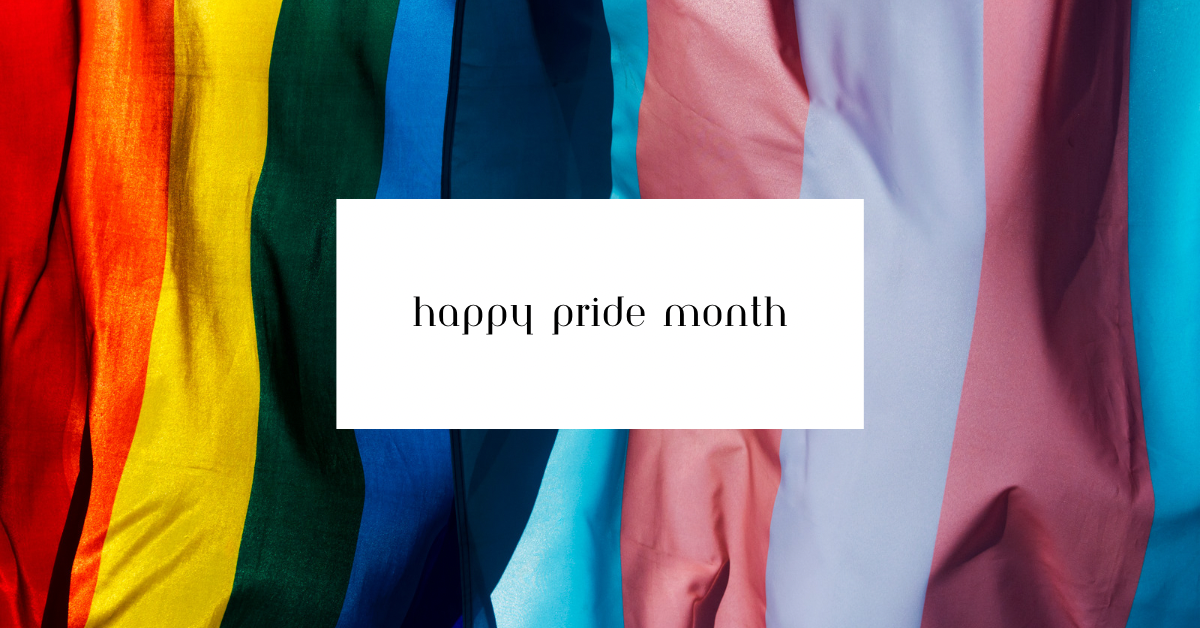Welcome to our Pride Month blog post, where we celebrate and honor the vibrant and resilient LGBTQ+ community! June is a time when the world comes together to recognize the struggles, achievements, and diversity of lesbian, gay, bisexual, transgender, and queer individuals. It’s a month filled with love, acceptance, and the pursuit of equality. In this blog post, we aim to educate, inspire, and amplify the voices of the LGBTQ+ community. Join us as we explore the history of Pride, showcase inspiring stories, discuss current challenges, and highlight the importance of creating inclusive spaces for all. Let’s embrace the spirit of Pride Month and stand together as allies in the ongoing fight for equal rights and acceptance.

What is Pride Month
Welcome to Pride Month, a joyous and empowering celebration that spans the entire month of June, dedicated to honoring and embracing LGBTQ+ communities worldwide. It is a time when people unite in love and friendship, highlighting the remarkable progress made in advancing gay rights, while acknowledging that there are still areas where further strides towards equality are needed.
Pride Month serves as a platform for promoting tolerance, fostering education about the rich history of LGBTQ+ pride, and pushing forward in the pursuit of equal rights. It is a time to reflect on the accomplishments achieved thus far and to recommit ourselves to the ongoing journey towards a more inclusive and accepting society. Together, we stand united, advocating for equality, respect, and the celebration of diverse identities.
How was the original rainbow flag created?
In 1978, Harvey Milk, a groundbreaking San Francisco city supervisor and the first openly gay politician elected in California, approached his friend Gilbert Baker with a special request. Milk asked Baker to design a symbol that would represent the vibrant and diverse LGBTQ+ community. Inspired by this task, Baker set out to create two flags adorned with eight distinct colors. The flags made their debut at the 1978 San Francisco Pride Parade, captivating the crowds and instantly gaining popularity.
As demand for the flag grew, Baker made a practical decision to streamline its design in 1979. The original eight colors were condensed to six: red, orange, yellow, green, blue, and purple. This modification not only reduced production costs but also made the flags more convenient for display. The iconic rainbow flag, with its vibrant and unified colors, continues to serve as a powerful symbol of LGBTQ+ pride and resilience today. It stands as a testament to the enduring spirit of the community and the ongoing fight for equality and acceptance.
What do the colors on the flag represent?
Each color featured on the original flag held significant symbolism and meaning. The pink stripe symbolized the concept of sex, highlighting the importance of embracing and celebrating diverse expressions of sexuality. Red embodied the theme of life, representing the vitality and resilience of the LGBTQ+ community. Orange represented healing, signifying the ongoing process of personal and collective growth and restoration.
The yellow stripe symbolized the radiant energy of sunlight, embodying hope, optimism, and enlightenment. Green embodied the beauty and power of nature, underscoring the interconnectedness between the LGBTQ+ community and the natural world. Turquoise represented magic, capturing the enchantment and wonder found within diverse identities and experiences.
The blue stripe symbolized serenity, invoking a sense of calm and peace amidst the challenges faced by the community. Lastly, violet represented spirit, emphasizing the indomitable spirit and strength of the LGBTQ+ community. Together, these colors formed a vibrant tapestry, weaving together the multifaceted aspects of identity, love, and resilience within the LGBTQ+ community.
You can read more about Holidays Here!
Love, Bee xxx

Thank you for this post on the history of pride. It’s very informative. I’m so happy to world is a more accepting place these days and people can be who they want. To some extent. There is still lots of work to be done though!